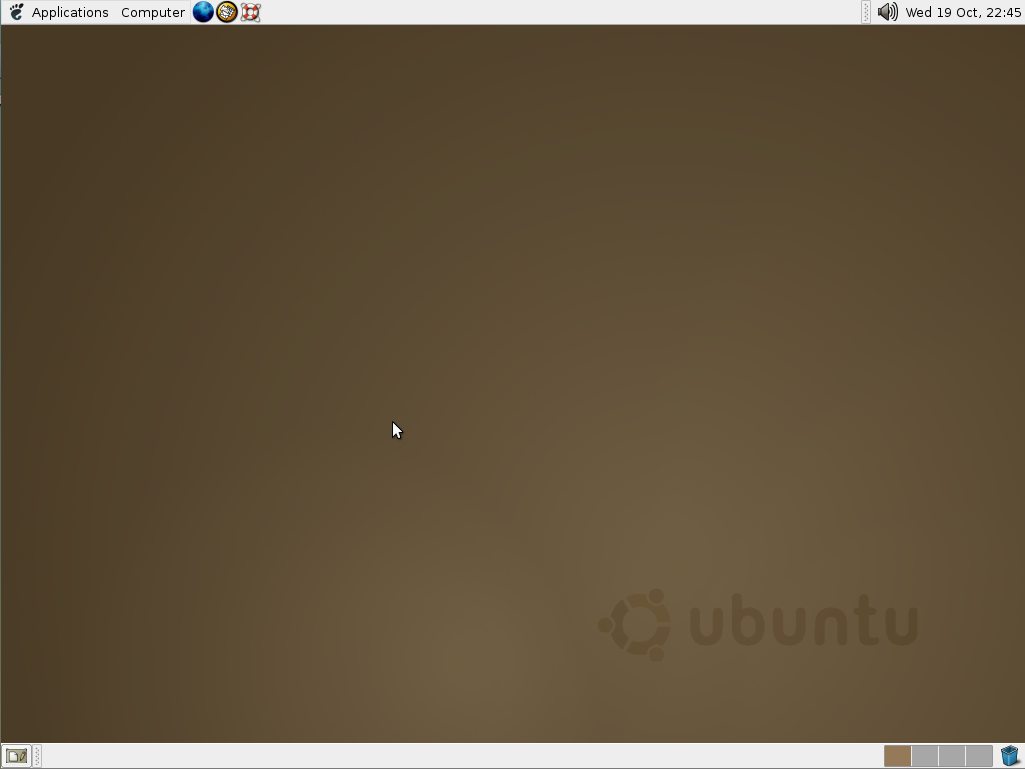Today marks the eleventh anniversary of the first ever release of Ubuntu, Ubuntu 4.10 Warty Warthog.
Yes, it’s now been eleven years, and some twenty-two releases of Ubuntu, since Mark Shuttleworth sat down to type up the first ever Ubuntu release announcement.
I feel old.
Ubuntu – Warts And All
The Warty Warthog, better known to most as Ubuntu 4.10, was a rough and ready stab at bringing Linux to the masses.
Mark described his new Linux distribution as one bringing together: “…the extraordinary breadth of Debian with a fast and easy install, regular releases (every six months), a tight selection of excellent packages installed by default and a commitment to security updates with 18 months of security and technical support for every release.”
That commitment has barely budged since, save for the maintenance burden of non-LTS releases being reduced from 18 months to 9 months.
Ubuntu would go on to become the most popular desktop Linux operating system in the world thanks to its emphasis on user-friendliness, ‘sane defaults’ , and attention to detail. A motive perfectly summed up in the old Ubuntu motto: “Linux for human beings.”
‘Breakneck Pace Of Development’

The pace of Ubuntu development following Warty has been nothing but breakneck.
‘The halcyon era pre-smartphone saw Ubuntu achieve so much on the desktop’
Crucial core features were plumped into the desktop experience early on, giving us everything from a graphical installer and Live CD that also let you install, to new desktop apps, user interaction models and web services that pushed new ground for desktop Linux distributions could and should do.
The halcyon era of pre-smartphone computing saw Ubuntu achieve so much on the desktop. From the Ubiquity installer slideshow, to the Ubuntu Software Centre, via Ubuntu One, uSplash, and WUBI,
Even some of the features that crashed and burned — hands up if you remember the Broadcast indicator/Me Menu that let you tweet from the panel area, or breathed deep on the vapoury hype of Windicators — were never not innovative at the time. Pushing forward is better than stagnating in complacency.
(Though we’ll all skip over the dodgy inclusion of Computer Janitor, a well meaning tool that regularly hosed entire systems… )
‘Ubuntu offers a more optimistic vision of personal computing, one built on potential’
There’s no denying that judged by today’s tastes much of those early releases pale in looks and in their wider context. We didn’t have Steam or triple-A games titles, but we did play whack-a-mole with Wi-Fi card drivers. GRUB boot loader issues were routine, and the terror of seeing the words “Busy Box” is forever seared in the minds of many.
But nobody really cared. Ubuntu then as today offers a more optimistic vision of personal computing, one built on potential if not always on flawless implementation.
Some Quick Ubuntu Facts
To celebrate Ubuntu’s 11th birthday we’ve been baking we’ve put together a short infographic highlighting some of Ubuntu’s more numerically focused trivia.

If you’re really in the mood to flex your Ubuntu knowledge you can take our Ubuntu Anniversary Quiz from last year (though yep, it’s still the same 10 question with 10 not-so-obvious answers).
For posterity you can also check out our huge ‘History of Ubuntu’ infographic from a while back, too. This image highlights some memorable moment from each release of Ubuntu up to Ubuntu 14.04 LTS.
Here’s to another 11 years of Ubuntu!
Feel free to share your memories of Ubuntu on Twitter and Instagram using the hashtag #UbuntuBirthday

